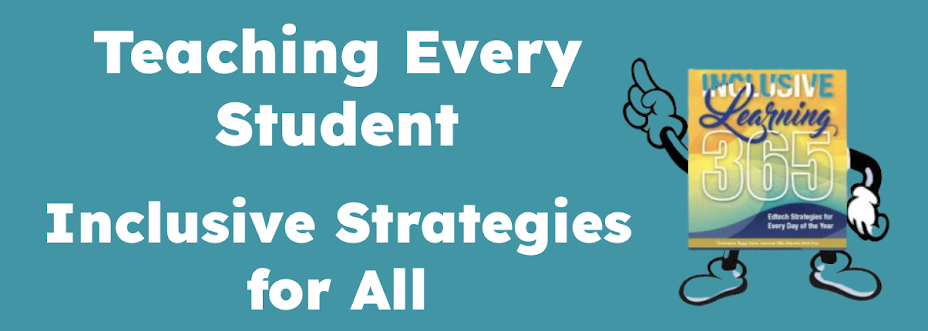It had been many years since I had studied the Greek language as part of my heritage, and although I remembered the names of the letters, the sounds of the letters were not automatic. One syllable words were fairly easy; multi-syllabic words were painfully slow and difficult. It struck me that this may be what it's like for students who finding decoding challenging. Fluency and comprehension were out of the question.
I believe it's important to understand the struggles our students experience. Is it possible to put ourselves in the shoes of our students, even for a brief time? Trying to read an unfamiliar language, especially when it looks completely different ("It's all Greek to me!") is one way to simulate the experience. The PBS.org Misunderstood Minds website offers another way to experience learning challenges, specifically reading, writing, attention and mathematics firsthand .
When you get to the site, click on the text pictured to the left. You will have the opportunity to explore the challenges for yourself by choosing activities related to the skills. Next click the "Try It" links. It just might help you feel a bit more sympathetic to the attentional, reading, writing or math difficulties faced by your students. Understanding (potentially) increases awareness; awareness (potentially) improves instruction; instruction (potentially) improves learning.
What do you think? Which activity helped you to appreciate the struggles faced by your students?
